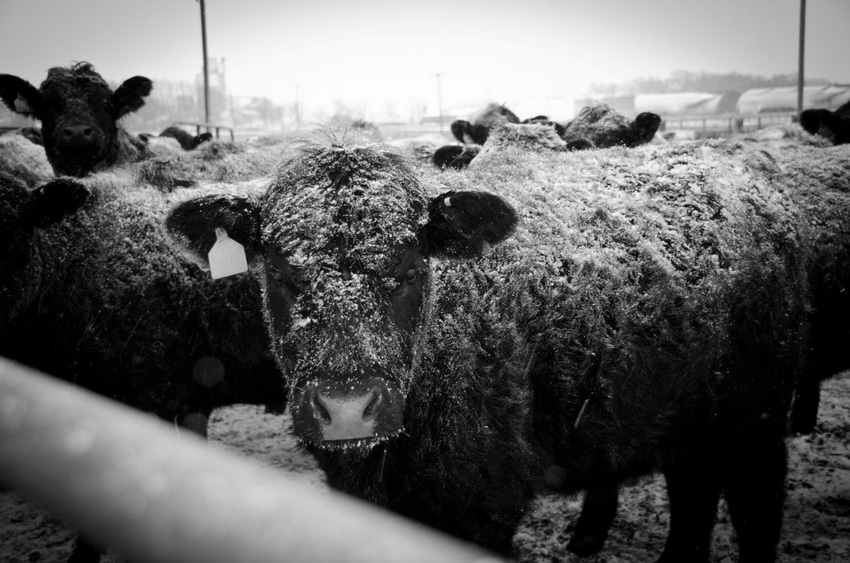Don't wait, start preparing now for your winter water supply. It could be tricky with reduced water supplies.
October 4, 2022

It’s not too early to be preparing for winter. In recent weeks, I have covered some of the “best management practices” to deal with the drought and excessive heat that continues to plague Oklahoma cattle and cattlemen in the summer of 2022. This week we look ahead at a checklist to consider to be ready for winter. Many of these are typical of preparing for the winter months, some are of more significance this year. Here goes……
Water is the most important of the classes of nutrients. A clean and abundant supply of water is critical for the health, reproduction and production of beef cattle. In a year when ponds are low now is the time to be planning for your winter water supply. Evaluate your ponds or water sources now. Whether it is pond cleanout, installing automatic waterers, checking wells, windmills, etc. Now is the time to take action before freezing temperatures are upon us. Most ponds are at low levels. Shallower ponds are more subject to freezing. Plan accordingly.
Secure your feed and hay supply. Even if we receive ample moisture before the first frost, we are running short of growing days for warm season grasses. The warm season forage base you have now is all you will have. As we move into the typical hay feeding season demand (and price) for hay (already scarce) will increase. In a year like this, getting a feed analysis on your hay is more critical than ever. If you are buying hay, ask for the feed analysis before you agree to purchase. If your grass is short and hay inventory is low…….
Eliminating Cow Inventory/Culling may be necessary. Culling criteria for cows and replacement heifers has been covered recently in Cow-Calf Corner Newsletters. In a year of record high hay and feed prices, keeping open cows and heifers around through the winter greatly diminishes the profit potential of your cow-calf operation. Believe it or not, there are parts of the country not in drought. If you do some checking, it may be possible to custom graze your cows in other regions. If this is what you decide to do, don’t overlook the cost of trucking your cowherd to areas where there is grass. The trucking bill could exceed the grazing bill.
Repair or Install Shelter and Windbreaks
Monitor the Body Condition of your cow herd. The dry period is the most efficient time to put flesh and weight on cows that may have gotten too thin while raising a calf this past summer. Managing now for optimum BCS at calving next spring will pay dividends in future reproductive efficiency and breed back.
Source: Oklahoma State University, who is solely responsible for the information provided and is wholly owned by the source. Informa Business Media and all its subsidiaries are not responsible for any of the content contained in this information asset.
You May Also Like



